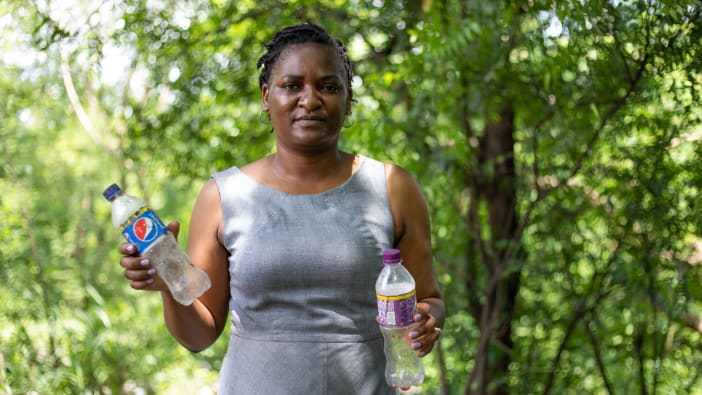Tearfund partner, Sudan Evangelical Mission (SEM), identified this issue in the Western Equatoria state of South Sudan. They showcased best practices by improving a few schools’ infrastructures to enable CWD to access their facilities. SEM also combatted the relevant communities’ negative views of including CWD in mainstream schools. After holding community meetings to present the schools that had been modified, the communities were much more supportive of this work. SEM then met with key county government officials, such as the county engineer and county education director, to discuss the obstacles CWD faced in accessing education and provided physical examples of what they were lobbying for when they visited the schools SEM had modified.
As a result of the communities’ support, raising the community and county government officials’ awareness of this issue, and providing best practice examples, the county engineer agreed to start using the specified measurements SEM provided. They built accessible ramps, pit latrines, windows, classrooms and door measurements in any construction within the county, including not only schools but also churches and health centres. To keep the county government accountable to this, SEM has supported people with disabilities to monitor the county government’s efforts to provide CWD access to schools. They also encouraged the county government to mainstream disability services into their work plans in order to provide enough budget for this work for years to come.






